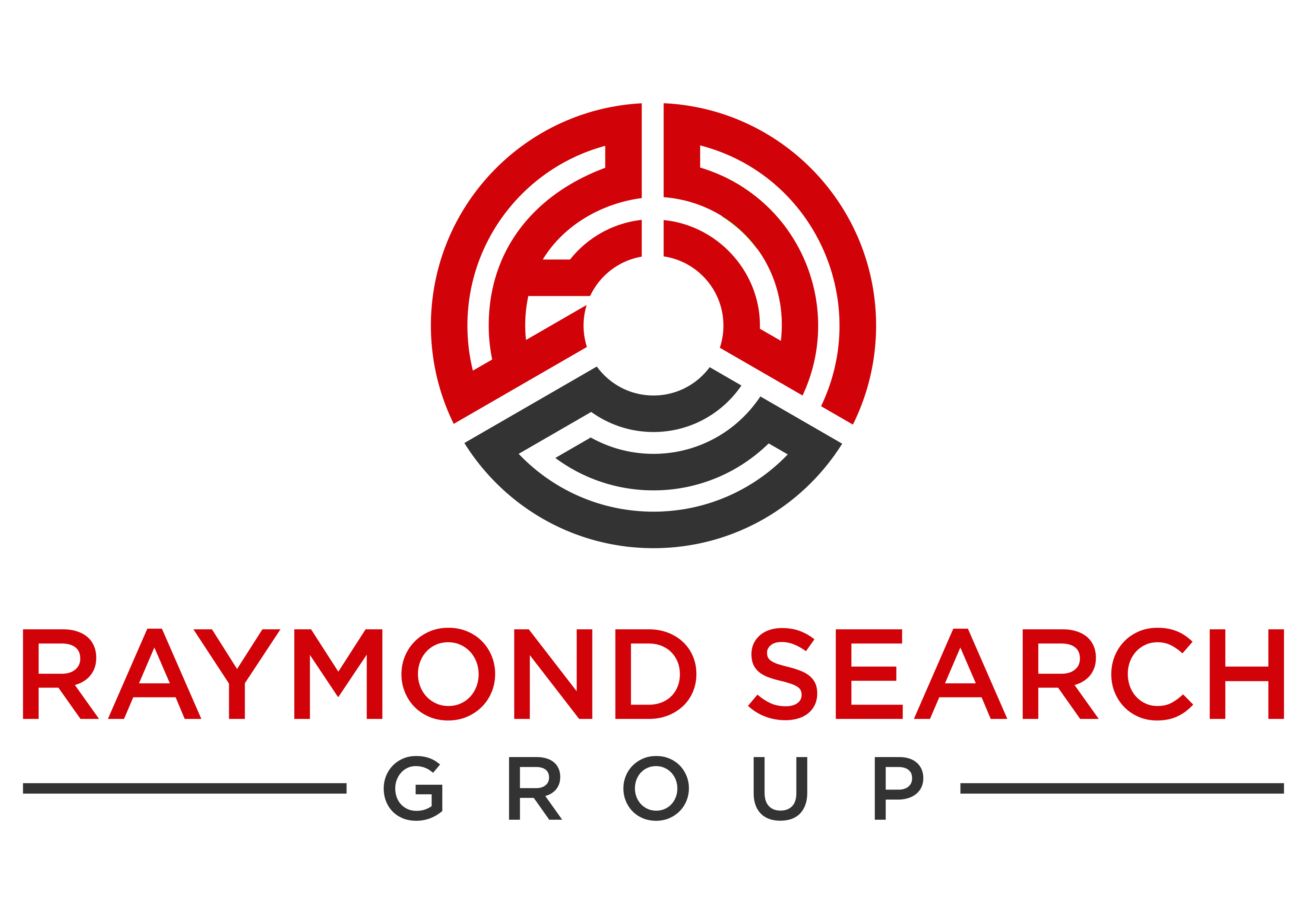Networking events sometimes feel like speed dating. Talk to as many people as you can until you find a mutually beneficial connection. It can be less than comfortable.
These events are created with the best of intentions, but trying to create organic conversation in a manufactured setting can be difficult.
The thought of networking will cause you to reach for a stack of business cards or hide in the coat closet depending upon your personality. Rather then shuffling through your forced mental script of rehearsed questions, consider the following 5 ways to be effective at your next networking event.
Be memorable
We don’t mean wearing a flashy tie. Be the man or woman who is remembered by what you say.
We’re all used to the standard, “So, what do you do?” line of questioning. Simply being prepared for these standard questions can leave an impression.
Come up with an honest answer that is engaging and makes the other person want to know more.
Donald Miller, best selling author and CEO of StoryBrand, gives the following example of a conversation between two people at networking event.
Other person: “So, what do you do?”
You: “You know how hard it is to make a healthy dinner every weeknight with all the stuff your kids have going on? Well, our company delivers homemade frozen dinners that are actually affordable, so parents can relax and enjoy time with their families at night.”
As Miller explains, this method works because you’re telling a mini-story with this type of answer. This also positions you as the person who can solve a specific problem. If the other person can’t work with you at the present time, they’ll be able to file your name away in their mental Rolodex as the person with a specific solution.
Be genuine
Vanessa Van Edwards, a human behavioral expert, and author of Captivate, tries to provide a “me-too!” moment for the other person in every conversation. “It makes us feel accepted. It makes us feel heard. And most importantly, it makes us feel calm,” she explains.
Genuinely showing you care goes a long way. During most of these events, you’re surrounded by people searching for what they can get out of the other person. But entering a conversation with the desire to solve their needs often results in mutual benefit. Maybe you’ll get their business or maybe you’ll just get the blessing of being able to help someone.
Show the other person you care by asking questions you actually want to know the answer to. Rather than the standard, “What do you do?” or “What brought you here tonight?” try the following:
What are you most excited about with your job right now?
What are you most excited about with your industry right now?
What’s the biggest challenge you’re currently facing?
How did you end up in your line of work?
What are you looking forward to this week?
Know where to stand
It may sound trivial, but the location you choose to stand in a room can make all the difference. Rather than backing yourself up into a corner, choose strategic high-traffic locations within the room.
More specifically, stand where people are walking away from – against the flow. Find a place where there is a natural traffic flow such as a few feet from the bar or hors d’oeuvres table. This will allow you to make eye contact and be in position to naturally engage other attendees.
Check your body language
In a recent interview, Van Edwards explained that you want to maintain open body posture. This shows the other person you are open to conversation and non-threatening.
A simple way to demonstrate open body posture is to show your hands. Van Edwards says this is a primal survival mechanism showing that we are not carrying a weapon. Conversational stature often causes us to place our hands in our pockets or fold our arms. Subconsciously this communicates that we are closed off or even untrustworthy.
It can be hard to avoid folding your arms as this can be a natural tendency for many. However, if you need to, hold a glass or folder to keep yourself from placing your hands in your pockets.
Have a plan of action
You can usually decide early on in the conversation whether you will want to stay connected with the person you’ve been speaking with. If you do, you’ll want to have a practical way to follow up. But if you decide that you won’t want to stay connected, you need to have a natural exit strategy.
If you desire to stay in contact, provide them with your business card and tell them you’ll be following up with them. Depending upon the conversation, you may be able to offer to email them a helpful resource.
However, if you realize you won’t want to stay connected beyond the conversation, you need to have a way to remove yourself from the conversation. Simply asking to be excused in order to attend to needed business before the next session can be a honest, natural method. You can also watch for a natural break in the conversation and cordially thank them for their time and wish them the best of luck with the remainder of the year. While you want to show genuine interest in the other person, you need to value your own time as well.
Summary
Depending upon the length of the event or conference, you may have several conversations, but you’ll only have one or two memorable connections. Once the event is over focus on the conversation that you see providing the most direct benefit.
Today, it’s easy to make connections, but developing relationships can be difficult. Developing these relationships requires you analyze yourself and be proactive. While searching for connections, you need to be the person someone wants to network with. Keep these five tips in mind to make the most of the next networking event you attend.
Resources:
http://buildingastorybrand.com/episode-96/
http://buildingastorybrand.com/network-without-being-annoying/





